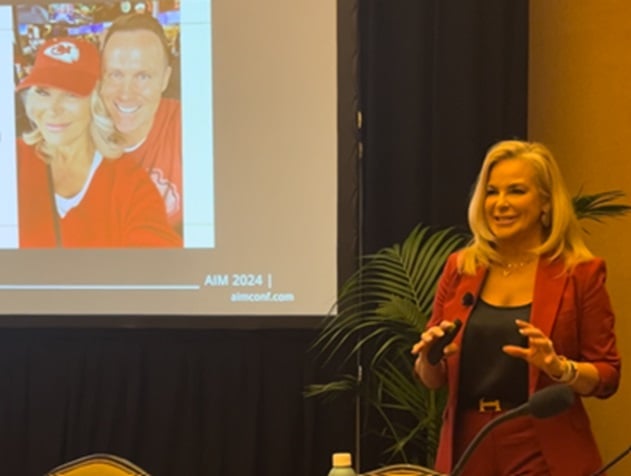Apartment marketers always appreciate a "secret weapon" when it comes to winning renters over through digital marketing. It's critical today, as more prospects rely on those channels during their busy lives while looking in exceedingly competitive markets.
Improving the way to use a portfolio's most popular channels and discovering surprisingly effective new marketing strategies can bring lease-ups or existing communities all of the traffic that is needed to maintain occupancy goals – "a marketer just needs to figure out how," says Shane Gillman, Vice President, Marketing, Gates Hudson.
Founded in 1980 and currently operating with over 700 employees, Gates Hudson's has a diverse, local portfolio that includes over 17,000 multifamily apartment homes, 2.6 million square feet of office and retail space, and more than 34,000 condominium and community association units in Virginia, Maryland, Washington, D.C and West Virginia.
Recommended For You
Want to continue reading?
Become a Free ALM Digital Reader.
Once you are an ALM Digital Member, you’ll receive:
- Breaking commercial real estate news and analysis, on-site and via our newsletters and custom alerts
- Educational webcasts, white papers, and ebooks from industry thought leaders
- Critical coverage of the property casualty insurance and financial advisory markets on our other ALM sites, PropertyCasualty360 and ThinkAdvisor
Already have an account? Sign In Now
*May exclude premium content© 2025 ALM Global, LLC, All Rights Reserved. Request academic re-use from www.copyright.com. All other uses, submit a request to [email protected]. For more information visit Asset & Logo Licensing.








